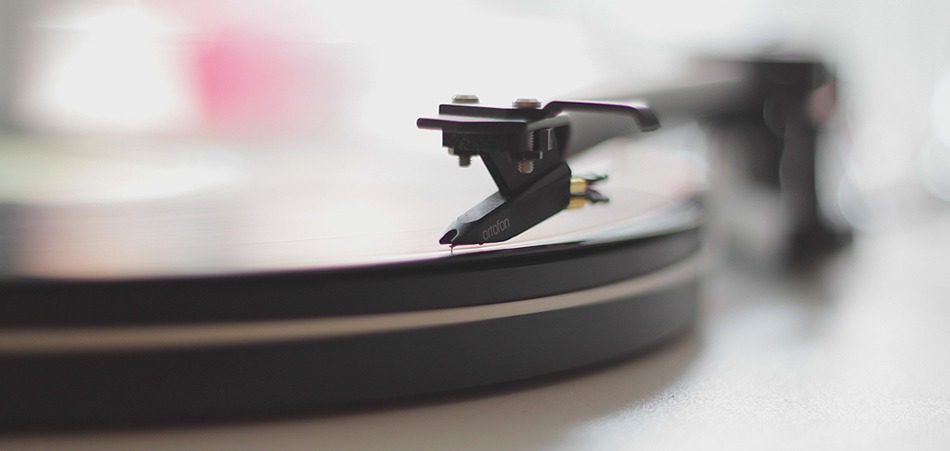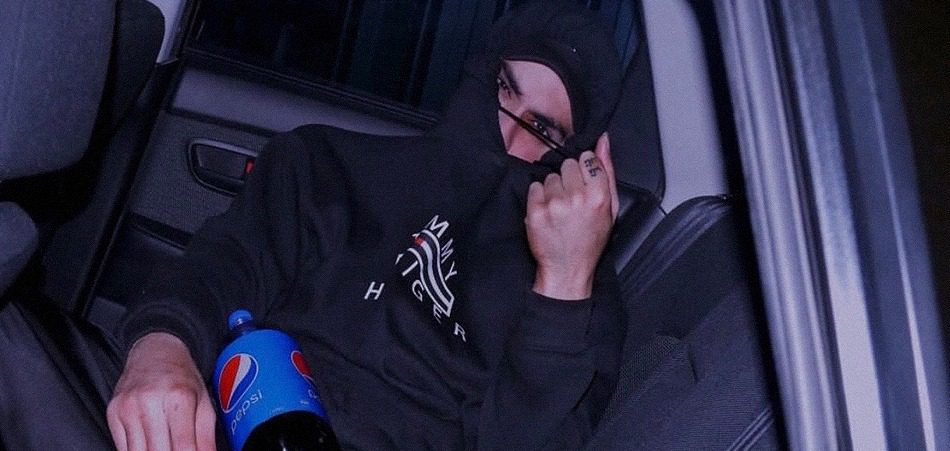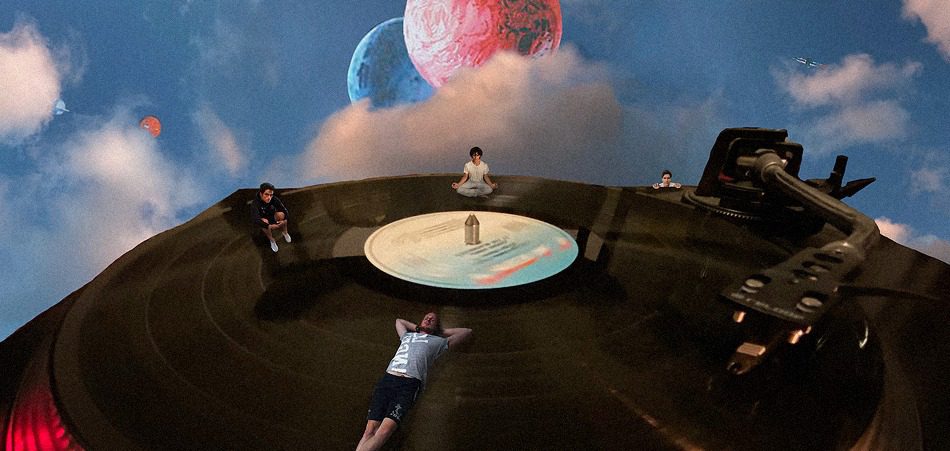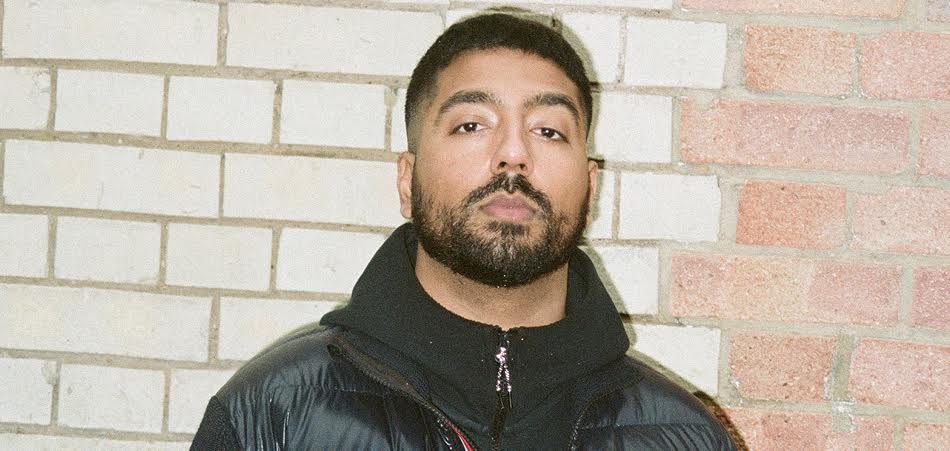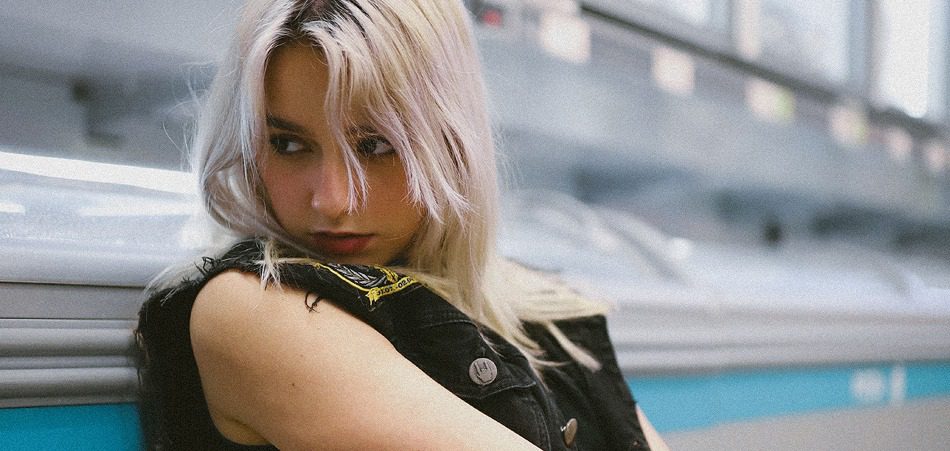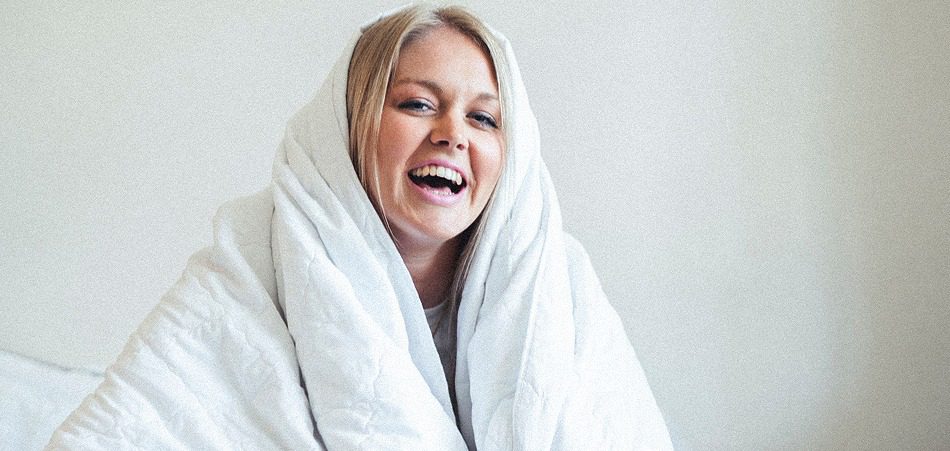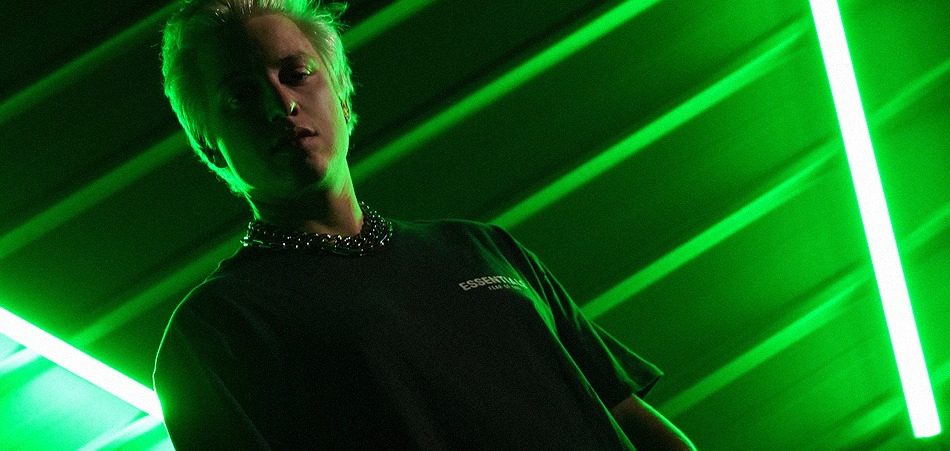As the music begins another chapter within a new decade, it faces 2022 with hopeful uncertainty. Granted, some of the industry’s major revenue streams are still unstable amidst ongoing pandemic problems. But these same problems haven’t stopped them from outperforming anticipated projections. If COVID-19 has highlighted anything, it’s been the industry’s ability to adapt despite the odds. Despite tougher health restrictions causing cancellations and postponings, music saw a 27 percent increase with over $1.5B in additional revenue. So it shouldn’t be surprising for creatives and music professionals to still come out on top. As musicians look to further their careers in 2022, here’s a list of a few things they should be keeping in mind this year.
1. More Vinyls Records… Expeditiously
For the first time in three decades, vinyl records outsold CDs with over 40 million units being moved last year. Whether it’s to express love for favorite artists or collective purposes, vinyls has become something of high commodity. What’s also interesting is the consumer base driving the sales. Most of the newfound consumer base today consists of young adults. In fact, it was found in an MRC Data study that Gen Z is buying more vinyls than Millennials.
It’s no doubt they’re are in high demand… a demand that’s become too much to keep up with. The sudden reemergence of vinyls has only exposed the underlying problems happening in the background. Factory shutdowns, outdated equipment, back orders of vinyls to be pressed, back orders for new machines to press them. People paying under the table for an album to ‘skip the line’ for advanced releases. The issues go on and on. Nobody can blame the industry for having a hard time keeping up with the demand because it came without warning. Nonetheless, the demand is not slowing down anytime soon. Vinyl sales can only go as far as the rate of production allows it.
2. NFTs/Crypto payments
Within the past year, the crypto world has found its way into the music industry in more ways than one. Not only have notable artists expressed their own interests in investing themselves but some have gone as far as receiving their label advances in cryptocurrency. Entering 2022, they have new ground to strike as the music industry starts looking into the NFT world. For those unaware of non-fungible tokens, they are products that are made for the virtual world or “metaverse”. Despite the idea that mainstream media given NFTs are something that stretches far past art and animation. NFTs are defined as any unique property held within a virtual space and the ways they can be defined are limitless.
So on the music side of things, there’s plenty of room to redefine what an NFT can be within the music industry. Look at Tory Lanez, who sold through a million copies of his last album as an NFT within sixty seconds. Or maybe Nas, who put up his portions of his royalty rights for songs as non-fungible tokens. Owning your masters and rights can become an even bigger payout because of the ability to control the virtual contract’s details.
Imagine tour experiences, virtual animation, and limited edition vinyl releases becoming album rollout packages and sold as NFTs. Independent artists or record labels can start partnering with brands to make capsule collections of original, authentic memorabilia only set for the virtual world. As the NFT world is still in early development, it’s a major opportunity for artists and labels to get ahead. With music already living in the virtual world via streaming and social media, the metaverse migration might be rewarding. As it continues to grow out of its early stages, artists and labels can grow along with it.
3. Better concert/festival protocols
After an unfortunate absence, we saw the live entertainment make a highly-anticipated comeback last year. Concerts and festivals were electrified harder than ever by audiences and artists that missed being in each other’s presence again. But within the excitement has been questionable precautions. We can start by addressing the obvious elephant in the room with the Astroworld Fest catastrophe last year.
Following the tragic events that transpired, there needs to be a better sense of responsibility from both the crowd and the organizers. When it comes to the art of the show, people must understand that the performance is an extension of their art for musicians. Going to watch performers who are promoting jumping off upper levels or breaking general admission barricades always bear risk. But if that’s going to happen, better caution must be in place to handle crowd control and emergency responses.
If you’re an artist or festival looking to purposefully ignite chaotic energy from your crowd, do your thing. Just make sure the precautions are airtight; freak accidents happen but it’s your job to control as much as possible. Plus, it’s hard to maintain control of almost 50,000 attendees in a space with a max capacity of 20,000. The moment it’s out of hand is the moment it falls back on the faces of the show and its organizers.
Last but not least, there needs to be better responsibility from the crowds in moshpit culture. The madness that electrifying artists is looking for from audiences is solely to amplify the audience. Everyone is prone to being shoved or possibly receiving an elbow in a moshpit because you know what you’re signing up for. But there’s no reason anyone should be getting stomped out during a performance.
4. SoundCloud/TikTok song testing
The relationship that artists still hold with SoundCloud is no secret. It’s just not as strong as it should be. The site doesn’t hold as much prominence as it did from the Blog era. But it hasn’t lost its ability to allow artists to experiment with sounds and even identify an artist’s next hit. That’s exactly how SZA scored a top ten hit with “I Hate U”. The song wasn’t going to see an official release until it received high praise from her fans after hearing a preview. Originally, it comes from an experimental music dump posted on her ‘anonymous’ SoundCloud account. So it’s proof the platform can still be an outlet for artists to try out new ideas before debuting them to mainstream. All while still maintaining her mystique.
YALL KNOW I DONT GOT SHIT TO SAY BUT MORE THANK YOU SO MUCHES😣😣 lol🥺 my highest solo debut .. really off SoundCloud . Really no radio . Really no promo . really no plan . Really JUST YALL . AHH IM SO FUCKING THANKFUL. 🥲🙏🏾💗. MERRY CHRISTMAS EVERYONE LOL I HATE YOUUUU🧡🤞🏾 pic.twitter.com/ZrJ3YbLkWD
— SZA (@sza) December 13, 2021
“I Hate U” officially debuted on SoundCloud, but the song’s massive popularity came when it made its way onto the app. As originally projected, TikTok has become a hot spot for music going viral with as little as a snippet. But it would be nice to see more artists that are using the platform to document their sound’s evolution. The free promotion that the app will generate for you when it’s time to drop is cool. But as an artist using social media, the goal is to stand out and build your audience by being yourself.
So in moments that someone ventures into new sounds or directions for their next project, being transparent and documenting will pay off. The same ideology is what led artists to doing Instagram Live sessions and Triller videos. So why not reach your core fan base that can help you use TikTok’s algorithm to your advantage to even newer fans? To carve your own lane in an overly saturated market like TikTok, the name of the game is reinvention.


